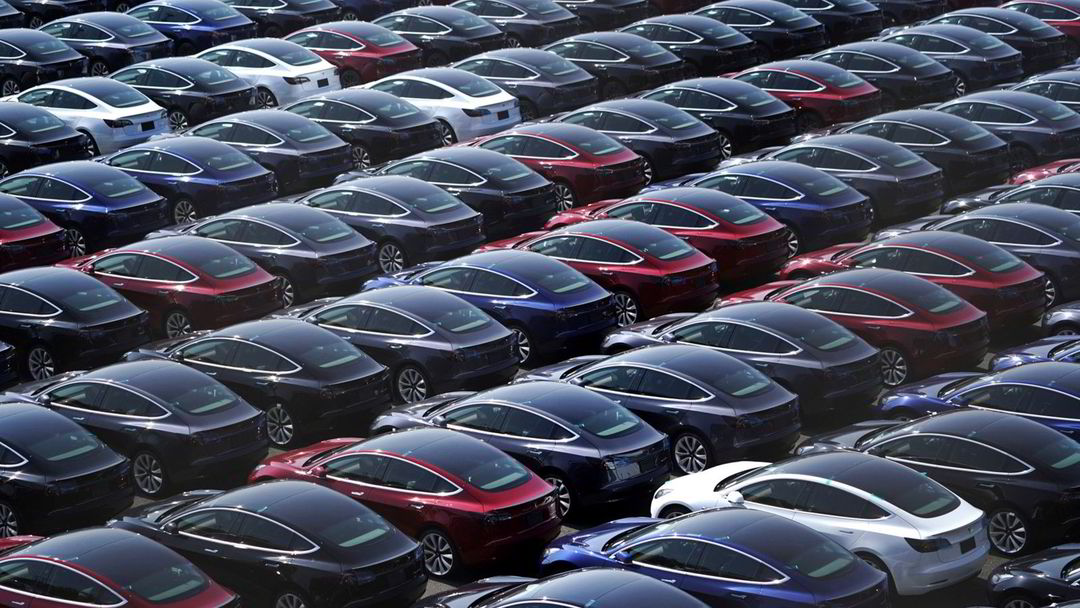–
In 1991, the price per kilowatt hour in a lithium-ion battery was about 62,500 kroner. Thirty years later, it costs almost 1,500 kroner to store the same amount of energy in them.
It shows one great review made by the website Our World in Data.
Developments in recent years show that the price of a lithium-ion battery has fallen by 18.9 per cent every time the storage capacity has doubled.
It is almost the same development as for solar cells, and represents a huge advance for technology that drives the green shift.
2.5 million for a Nissan Leaf
The website illustrates the development with two of today’s most popular electric cars. Nissan Leaf and Tesla.
–
In 1991, the battery on a Nissan Leafs cheapest model, with a battery capacity of 40 kilowatt hours, would cost 2.5 million kroner.
For the Tesla Model S 75D, with a battery capacity of 75 kilowatt hours, the price would be 4.7 million kroner.
Cheaper, more powerful and lighter
Not only have batteries become cheaper and more powerful, they have also become lighter. According to Our World in Data, one could now store almost four times as much energy per liter of battery as in 1991.
The lighter they become, the more likely it is that they can be used in, for example, widespread electric-aircraft traffic.
There is little indication that the development is slowing down. In just half a year, the International Energy Agency (IEA) has raised its forecasts for solar and wind power in the world by 25 percent.
In May this year, 60 per cent of new car sales in Norway were electric cars. A similar proportion of Norwegian holidaymakers say that they are considering holidaying with the electric car. Large car manufacturers will phase out fossil cars in a few years.
In 2018, the electric car battery in a Nissan Leaf cost just over 60,000 kroner. It is difficult to predict what it will cost in 30 years, other than that it will probably be cheaper. (Terms)Copyright Dagens Næringsliv AS and / or our suppliers. We want you to share our cases using a link, which leads directly to our pages. Copying or other use of all or part of the content may only take place with written permission or as permitted by law. For additional terms look here.
–


